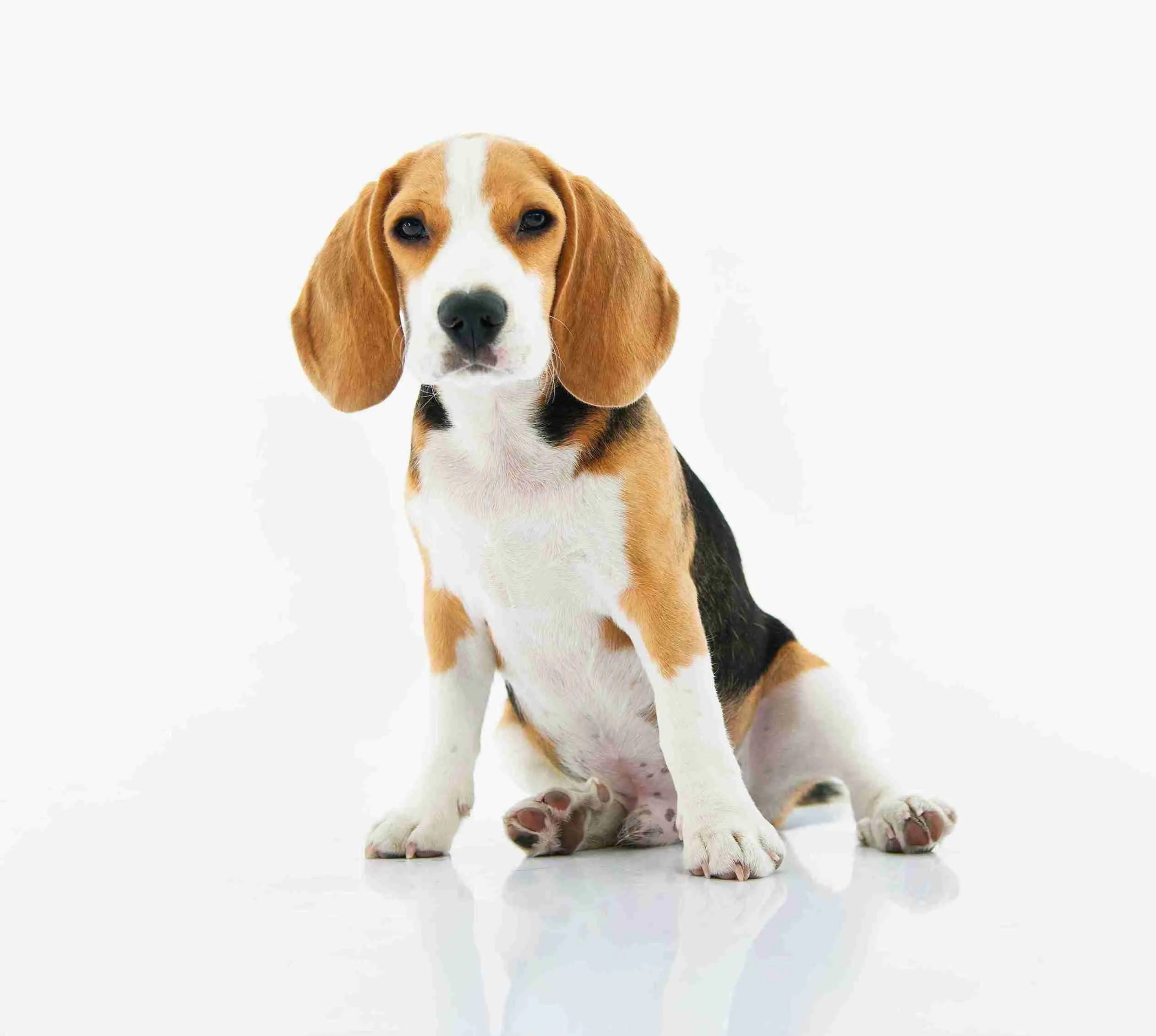Beagle
America’s Curious and Friendly Hound
1. Introduction to the Breed
The Beagle, securing the #7 spot in the 2024 American Kennel Club (AKC) rankings, is a beloved breed known for its curious, friendly, and compact nature. With their soulful eyes and floppy ears, Beagles capture hearts as ideal family pets, particularly for those seeking a small-to-medium dog with a big personality. Their exceptional sense of smell and cheerful demeanor make them equally suited for leisurely walks or scent-driven adventures, earning them a cherished place in American homes from city apartments to rural retreats.
2. History of the Breed
Originating in England as far back as the 14th century, Beagles were bred as scent hounds to track small game like rabbits and hares. Their name may derive from the Old French beegueule, meaning “loudmouth,” reflecting their vocal nature. Standardized in the 19th century, Beagles were imported to the U.S. for hunting and companionship, gaining AKC recognition in 1885. Their popularity soared through cultural icons like Snoopy, the Beagle from Peanuts, and their use in research and detection work due to their keen noses.
3. Physical Characteristics
- Typical Size and Weight: Beagles come in two size varieties: under 13 inches (20–25 pounds) and 13–15 inches (20–30 pounds) at the shoulder. Both are sturdy and compact.
- Coat and Color: Their short, dense coat is weather-resistant, typically in tricolor (black, white, tan), red-and-white, or lemon-and-white patterns. The white-tipped tail aids visibility during hunts.
- Distinctive Features: Beagles have expressive, hound-like faces with large, dark eyes, long, droopy ears, and a slightly domed skull. Their short legs and muscular build reflect their hunting agility.
4. Personality Traits
Beagles are curious, friendly, and outgoing, with a joyful disposition that makes them excellent companions for families, including those with young children. Their pack-oriented nature means they thrive on companionship, getting along well with other dogs and familiar pets. However, their strong scent drive can lead them to follow their noses, sometimes ignoring commands. Beagles are vocal, often baying or howling to express excitement or alertness, which adds charm but requires management in quiet settings.
5. Care Requirements
- Exercise Needs: Beagles need 60–90 minutes of daily exercise, such as walks, scent games, or off-leash play in a secure area. Their love for sniffing makes scent trails or nosework activities ideal for mental stimulation.
- Grooming Needs: Their short coat requires weekly brushing with a hound glove to remove loose hair. Regular ear cleaning is critical due to their floppy ears, which trap moisture and debris. Nail trimming and dental care prevent common issues like infections or tartar buildup.
- Dietary Considerations: Beagles are prone to obesity due to their love of food, so a high-quality diet with measured portions is essential. Avoid feeding table scraps, and choose foods with lean proteins to support their energy without excess calories.
6. Health and Lifespan
Beagles have an average lifespan of 10–15 years. Common health concerns include hip dysplasia, epilepsy, hypothyroidism, and ear infections due to their ear structure. Obesity can exacerbate joint issues, so weight management is crucial. Regular vet checkups, ear cleanings, and screenings for genetic conditions help maintain health. Owners should monitor for signs of allergies or skin issues, which can arise in humid climates.
7. Training and Socialization
Beagles are intelligent but can be stubborn, especially when distracted by scents, requiring patient, positive reinforcement training. Short, fun sessions with treats or praise keep them engaged. Early socialization is vital to reduce excessive barking or shyness, exposing them to various people, pets, and environments. Teaching a reliable “come” command is essential, as their hunting instincts may lead them to wander. Nosework or tracking games can channel their energy and enhance training.
8. Ideal Home Environment
Beagles adapt well to various settings, including apartments, suburban homes, or rural properties, provided they get enough exercise. They’re ideal for families with children or multiple pets, as their pack mentality makes them social and playful. A secure fence is crucial, as their scent drive can lead them to roam. Owners should be prepared for their vocal tendencies and provide a stimulating environment to prevent boredom-induced behaviors like digging or howling.
9. What’s the Best Toy for My Beagle?
Beagles love toys that engage their scent-driven and playful nature. Scent-based puzzle toys with treat compartments stimulate their noses and minds, providing 20–30 minutes of indoor engagement. Durable chew toys made of tough rubber satisfy their chewing urges, ideal for 15–20 minutes, especially with treats to mimic hunting rewards. Squeaky toys encourage chasing and fetching, appealing to their prey drive for short, supervised play sessions. Sturdy balls for fetching tap into their energy, perfect for 15–20 minute outdoor sessions. Avoid small, easily swallowed toys, as Beagles may ingest pieces. Rotate toys regularly and pair with scent games for maximum engagement.
10. Adoption and Breeder Tips
Choose breeders affiliated with the National Beagle Club of America, ensuring health clearances for hips, eyes, and thyroid conditions. Visit the breeder to assess puppy health, meet parents, and confirm ethical practices, such as early socialization and clean facilities. Rescues like Beagle-specific organizations or local shelters often have adoptable Beagles, providing detailed temperament histories. Be cautious of puppy mills, as Beagles’ popularity can lead to overbreeding. Ask about size variety, socialization practices, and the breeder’s experience to ensure a healthy, well-adjusted puppy.
